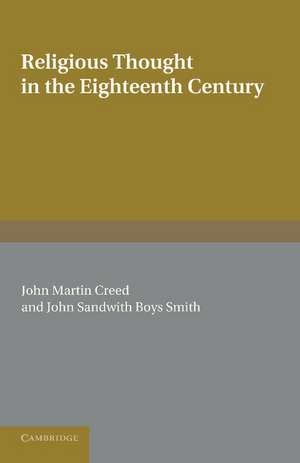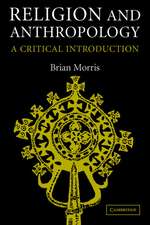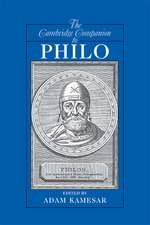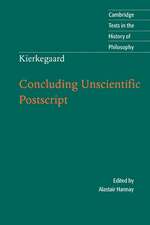Religious Thought in the Eighteenth Century: Illustrated from Writers of the Period
Editat de John Martin Creed, John Sandwith Boys Smithen Limba Engleză Paperback – 20 mar 2013
Preț: 339.09 lei
Nou
Puncte Express: 509
Preț estimativ în valută:
64.89€ • 67.34$ • 54.24£
64.89€ • 67.34$ • 54.24£
Carte tipărită la comandă
Livrare economică 17-31 martie
Preluare comenzi: 021 569.72.76
Specificații
ISBN-13: 9781107667808
ISBN-10: 1107667801
Pagini: 342
Dimensiuni: 140 x 216 x 19 mm
Greutate: 0.44 kg
Editura: Cambridge University Press
Colecția Cambridge University Press
Locul publicării:New York, United States
ISBN-10: 1107667801
Pagini: 342
Dimensiuni: 140 x 216 x 19 mm
Greutate: 0.44 kg
Editura: Cambridge University Press
Colecția Cambridge University Press
Locul publicării:New York, United States
Cuprins
Preface; Introduction; Part I. Natural Religion and Revelation: 1. The certainty of the existence of God John Locke; 2. The reasonableness of Christianity John Locke; 3. Of enthusiasm John Locke; 4. Christianity not mysterious John Talmond; 5. Natural religion without revelation Charles Blount; 6. Why the true deist should not reject Christianity Samuel Clarke; 7. Lack of universality not an objection to revelation Samuel Clarke; 8. Christianity as old as the creation Matthew Todd; 9. Nature and the artificer of nature William Paley; 10. From nature to revelation William Paley; Part II. The Credentials of Revelation: 1. The certainty of the Christian religion proved by four rules Charles Leslie; 2. Old testament prophecies restored with the help of the New Testament William Whiston; 3. The gospel founded upon allegory Anthony Collins; 4. The limitation of prophecy Thomas Sherlock; 5. The resurrection an imposture Thomas Woolston; 6. The apostles tried and acquitted Thomas Sherlock; 7. Alleged miraculous powers of the ancient church explained Conyers Middleton; 8. No testimony sufficient to establish a miracle David Hume; 9. The truth of Christianity proved by internal marks of divinity Soame Jenyms; 10. The guarantee of true testimony William Paley; Part III. The Grounds and Sufficiency of Natural Religion Considered: 1. The limits of reason William Law; 2. The world as divine visual language George Berkeley; 3. The authority of conscience Joseph Butler; 4. The analogy of religion natural and revealed to the constitution and course of nature Joseph Butler; 5. The arguments for natural religion reviewed David Hume; 6. The origin of religion in human nature distinguished from its foundation in reason David Hume; Part IV. The Passing of the Age of Reason: 1. Salvation by faith: a gospel for sinners John Wesley; 2. A sentimental faith Jean Jaques Rousseau; 3. The truths of history and the truths of reason Gotthold Ephraim Lessing; 4. Revelation as the education of the human race Gotthold Ephraim Lessing; 5. The realm of nature and the realm of ends Immanuel Kant; 6. The good will and the moral law Immanuel Kant; 7. Faith in God, freedom, and immortality Immanuel Kant; 8. Human nature radically bad Immanuel Kant; Part V. The Study of the Bible: 1. The necessity of a true history of scripture Spinoza; 2. The composition of the old testament Richard Simon; 3. The source of genesis Jean Astruc; 4. The bible as literature Robert Lowth; 5. The spirit of Hebrew poetry Johann Gottfried Herder; Part VI. The Church in its Relation to the State: 1. Toleration John Locke; 2. The church not dependent upon the state Charles Leslie; 3. Christ's kingdom not of this world Benjamin Hoadly; 4. Church authority real though not absolute William Law; 5. The alliance between church and state William Warburton; 6. Establishment to be justified by its utility William Paley; 7. Religion in consecration of the commonwealth Edmund Burke; 8. That in a Christian commonwealth church and state are one thing Edmund Burke; 9. Civil establishment of religion an innovation and an evil Joseph Priestley; Index.
Descriere
This 1934 book contains passages from a variety of well-known writers illustrating developments in thought concerning religion during the eighteenth century.














